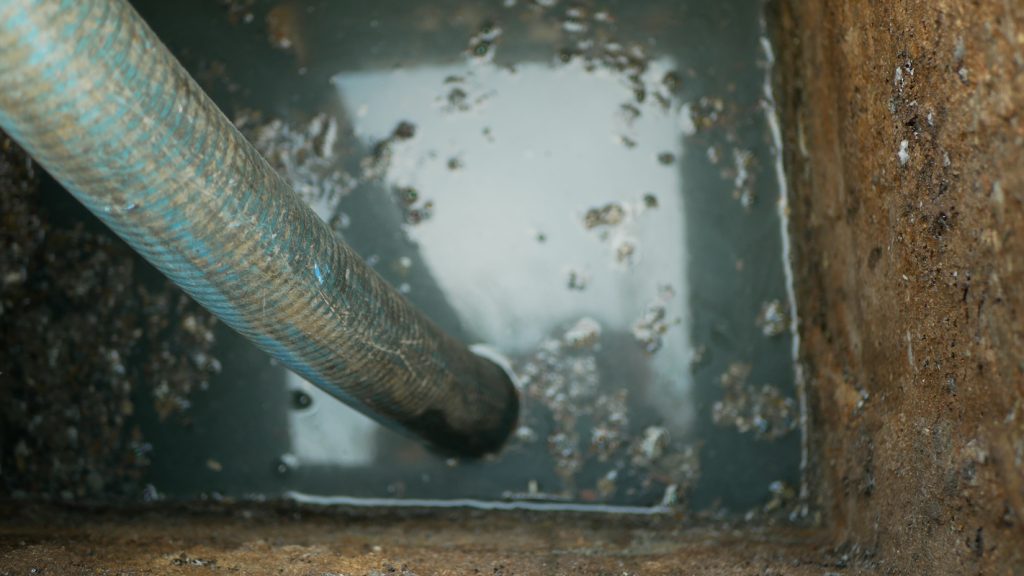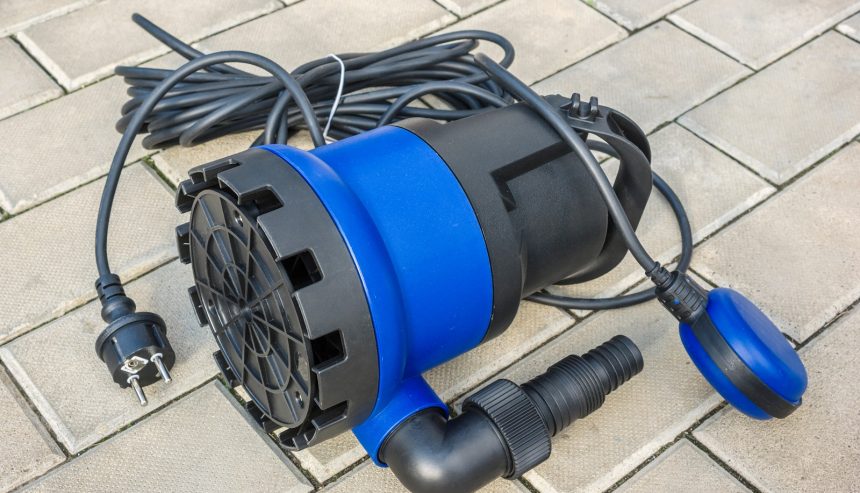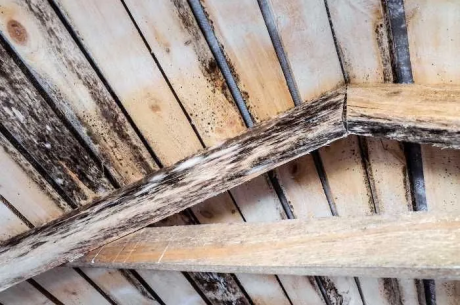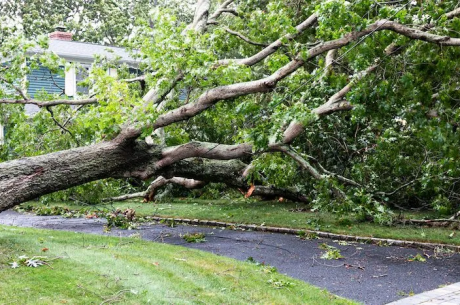Is your sump pump not working after a downpour? After a heavy summer rainstorm, the last thing any homeowner wants to find is standing water in the basement. That’s exactly what your sump pump is there to prevent—so when it doesn’t work, it can lead to stress, damage, and costly repairs.
If you’re dealing with water issues after the storm, here are the most common reasons your sump pump may have failed—plus what steps you can take to minimize the damage and prevent it from happening again.
Power Loss or Tripped Breaker
One of the most common causes of sump pump failure is simple: no power. Thunderstorms often knock out electricity, and without power, your pump is just a piece of equipment sitting in your basement. Even after the power returns, a tripped breaker or GFCI outlet can keep it from turning back on.
✅ What to do:
- Check your electrical panel for tripped breakers
- Make sure the pump is still plugged in
- Reset any GFCI outlets nearby
If everything looks normal but the pump isn’t running, move on to the next step.

Clogged or Blocked Discharge Pipe
Sump pumps work by moving water from your basement to the outside of your home. But if the discharge pipe is clogged with mud, leaves, gravel, or even small animals, water has nowhere to go. That can cause the pump to shut down or overheat.
✅ What to do:
- Inspect the discharge line for visible blockages
- Make sure the end of the pipe is free and clear
- Confirm it’s angled away from the foundation
Regular cleaning of the area around your discharge pipe goes a long way in preventing this. Want more detailed maintenance tips? Check out this guide from This Old House on Sump Pump Maintenance.
Stuck Float Switch
The float switch is a key part of your sump pump—it tells the system when the water level is high enough to turn on. But over time, floats can become tangled, stuck, or jammed inside the pit.
✅ What to do:
- Gently lift the float switch by hand
- Listen to hear if the pump motor activates
- If not, the switch may need to be replaced
A stuck float can be fixed easily, but if left unchecked, it will leave your home unprotected.
Pump Burnout
If your sump pump is older, undersized, or overworked (especially during back-to-back storms), the motor can burn out. It may still hum, but it won’t move water—or worse, it may be completely dead.
✅ What to do:
- If the motor hums but nothing is happening, shut it off immediately
- A replacement may be needed
- Consider upgrading to a pump with higher capacity or better durability
Don’t wait for another storm to find out your pump is on its last legs.
No Battery Backup
Many homeowners are surprised to find out that their sump pump only works when the power is on. If your home lost power during the storm—even for a short time—your pump may have been offline when you needed it most.
✅ What to do:
- Invest in a battery backup system or water-powered backup pump
- Test your existing backup system regularly
This one-time investment can save thousands in property damage later on.

Already Have Water in the Basement? Here’s What to Do:
- Turn off power to the affected area if it’s safe to do so
- Don’t wait—water must be removed within 24–48 hours to prevent mold
- Call a professional to help extract the water, dry the space, and prevent future issues
At PuroClean of Wilton | Ridgefield and PuroClean of Greenwich | Stamford, we specialize in storm response and water damage restoration. We’re available 24/7 to help homeowners in CT and NY recover quickly and safely.
📞 Call us or visit: www.puroclean.com/ps-ct




 PuroClean of Greenwich | Stamford
PuroClean of Greenwich | Stamford